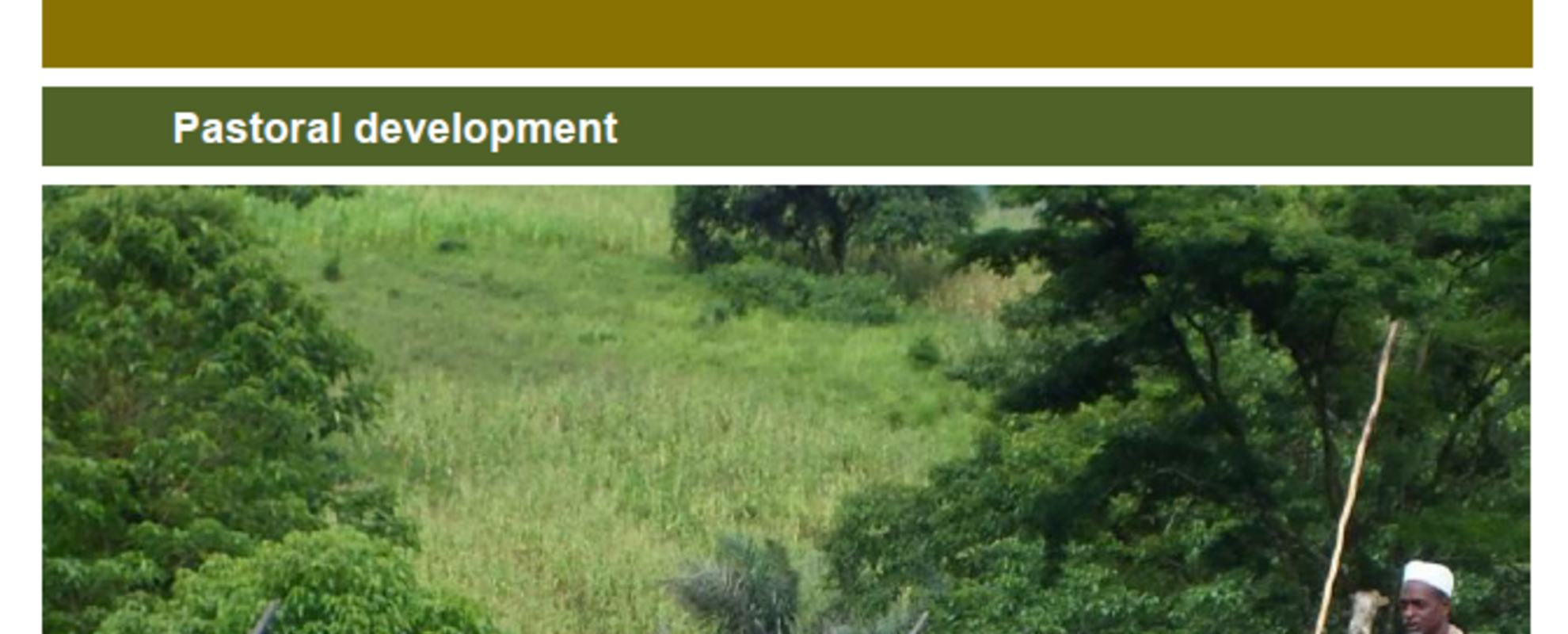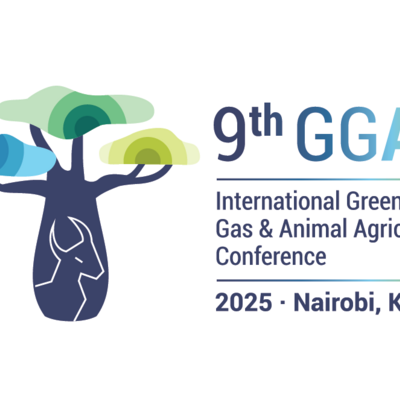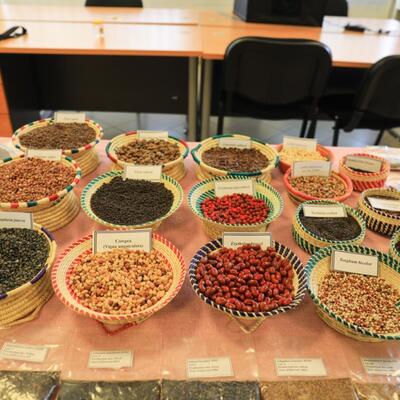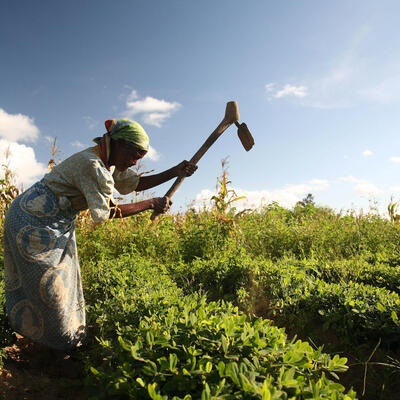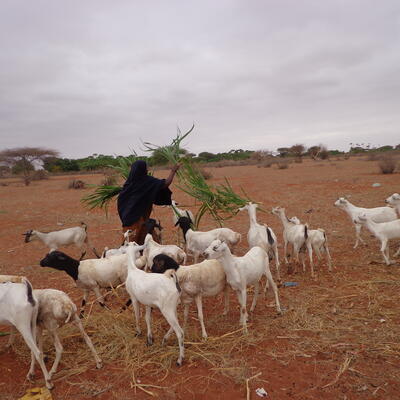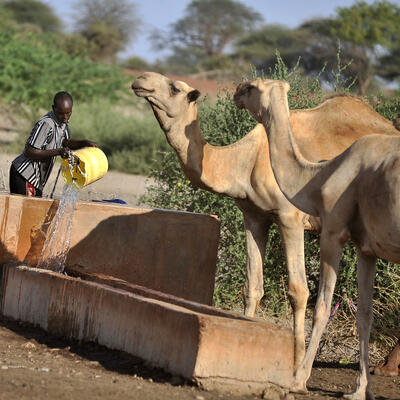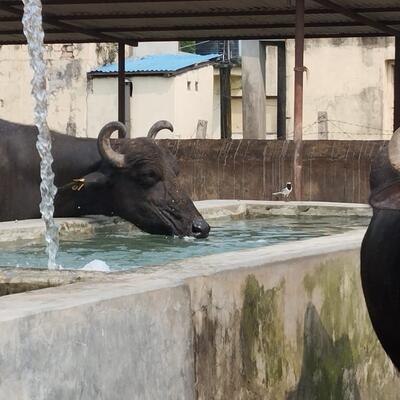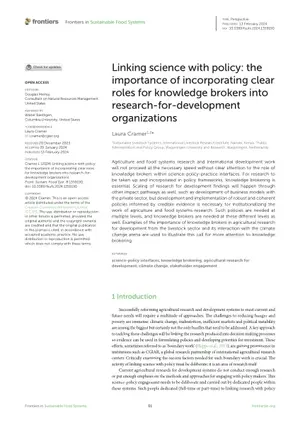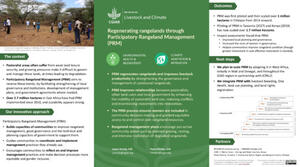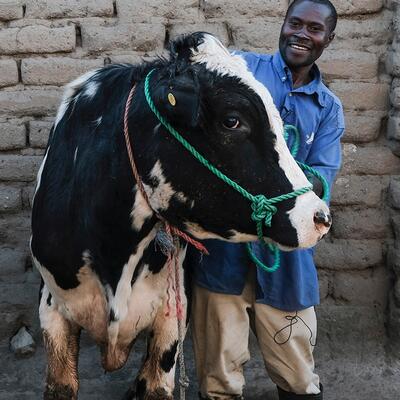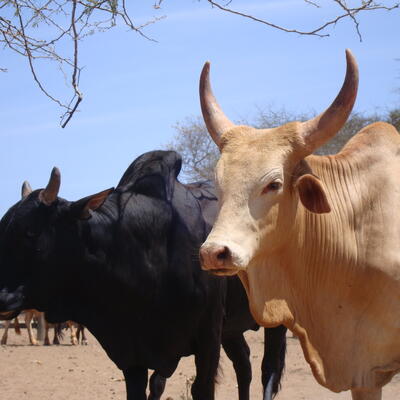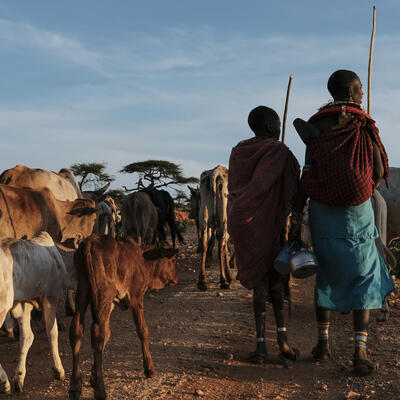
A new ‘How-To-Do’ note provides guidance on addressing land-use conflicts in pastoral areas
Conflicts are relatively common in pastoral and agropastoral areas, and how they are perceived and handled has a strong influence on their outcomes. Many underlying conflicts are latent – unseen to an outsider, lying quietly under the surface, and triggered by an event or action, such as building a badly-situated water point. Asserting rights to resources and seeking to redress injustices or inequalities, conflict can become an inherent feature of pastoralists’ struggle for change. As a result, conflicts are often inevitable and perceived as legitimate by the parties involved. Development actors need to recognise this and be prepared to act appropriately to either prevent conflicts or manage them well when they are unavoidable.
Read this article on a new note on preventing land use conflicts in pastoral areas, developed by the International Fund for Agricultural Development (IFAD) with two CGIAR research programmes – Policies, Institutions, and Markets (PIM) and Livestock. The note provides guidance to programme and project staff on how the increased levels of conflict over land and natural resources in pastoral areas can be prevented and/or if existing already, transformed into positive outcomes. It builds on the earlier, more general note on Engaging with Pastoralists.





